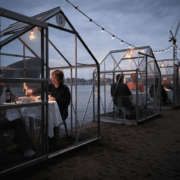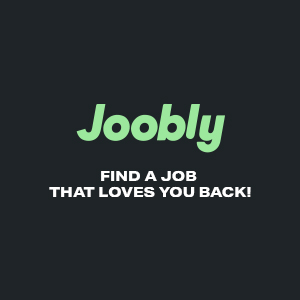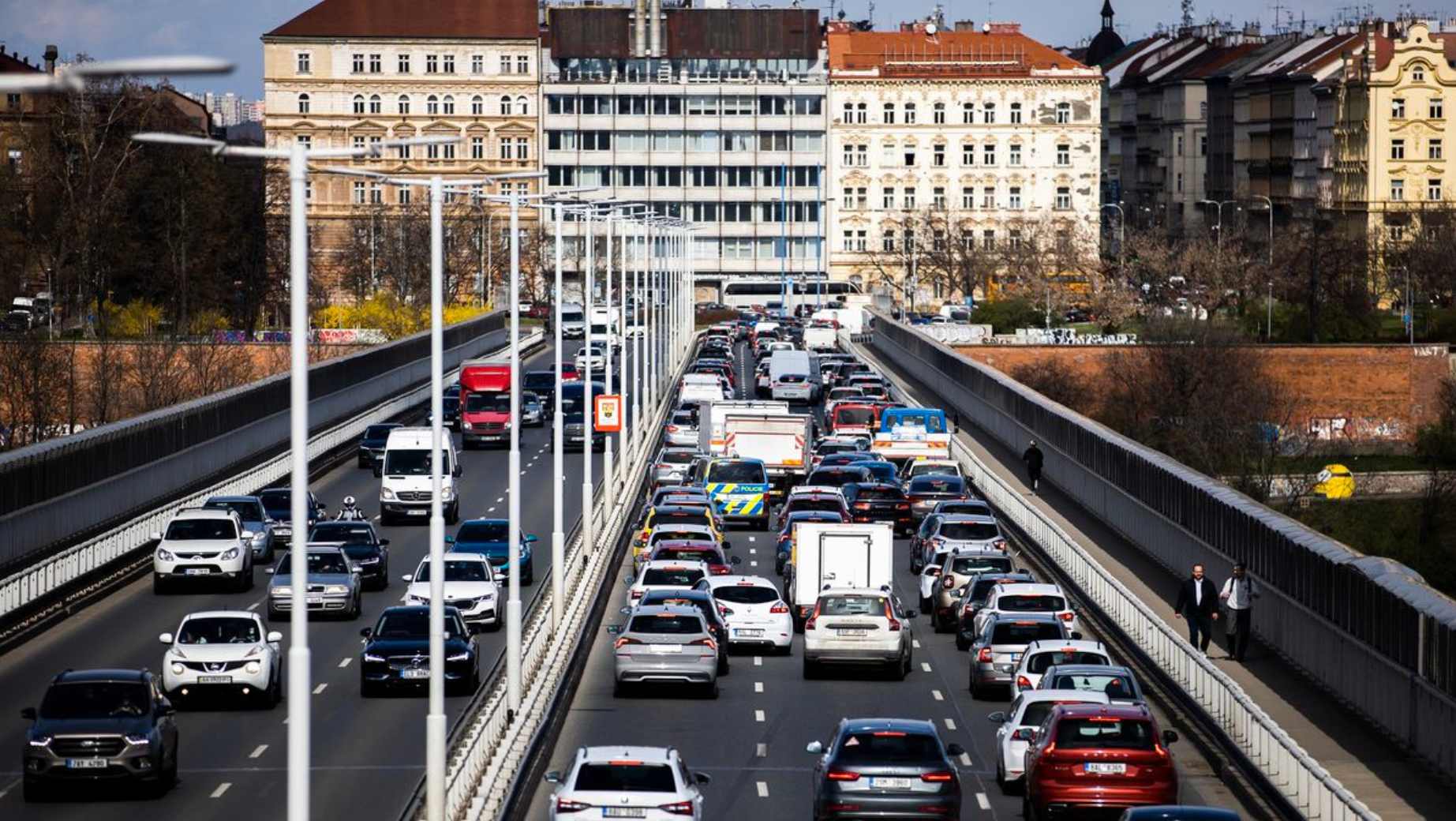As the world starts to eye up a path out of lockdown, one of the big questions is how is social distancing in restaurants going to impact the industry? What sort of experience will it mean for the customer, and is it going to be viable for restaurants to implement?
With some countries in Asia and Australia already testing social distancing measures for dine-in, and other countries in Europe and the USA starting to partially open, there are some possible answers out there. There are also, however, just as many questions amidst growing anger in the sector towards what many see as totally unworkable regulations. We take a look at some of the key considerations and issues for restaurants and bars to think about as they aim to reopen…
Reduced Capacity
Depending on the country, the rules and guidelines vary massively for capacity %. The distances between customers are anything from 1m to 2m, which means that seating layouts in the vast majority of venues are going to look completely different.
The restaurant industry is an incredibly tough one that often survives on thin margins. But, whatever way you slice and dice the data – or however creative restaurants get – the simple fact is a 50% capacity restaurant is going to lose money. This is unless menu prices are massively increased, which seems an unlikely option during a recession.
Small to medium restaurants are going to be hit the worst. For them, what is being called an “end to the lockdown and a chance to reopen” might actually only be the start of the real pain. Unfortunately, there is a high probability that many might find that the better decision is to simply remain closed. Nobody wants to flog a dead horse in a system that results in likely failure.
What makes this more galling, is that the restaurants that will suffer the most are the ones who were super successful and packed with guests up until two months ago.
Innovative Solutions
What we are already starting to see around the world are innovative solutions. Plant-based restaurant Mediamatic in Amsterdam has introduced waterside dining, where guests dine in their own private greenhouse. They plan on serving a four-course menu with three dinner sittings throughout the evening. The greenhouses will launch the end of May in line with a phased reopening in the Netherlands and are already booked up until the end of June.
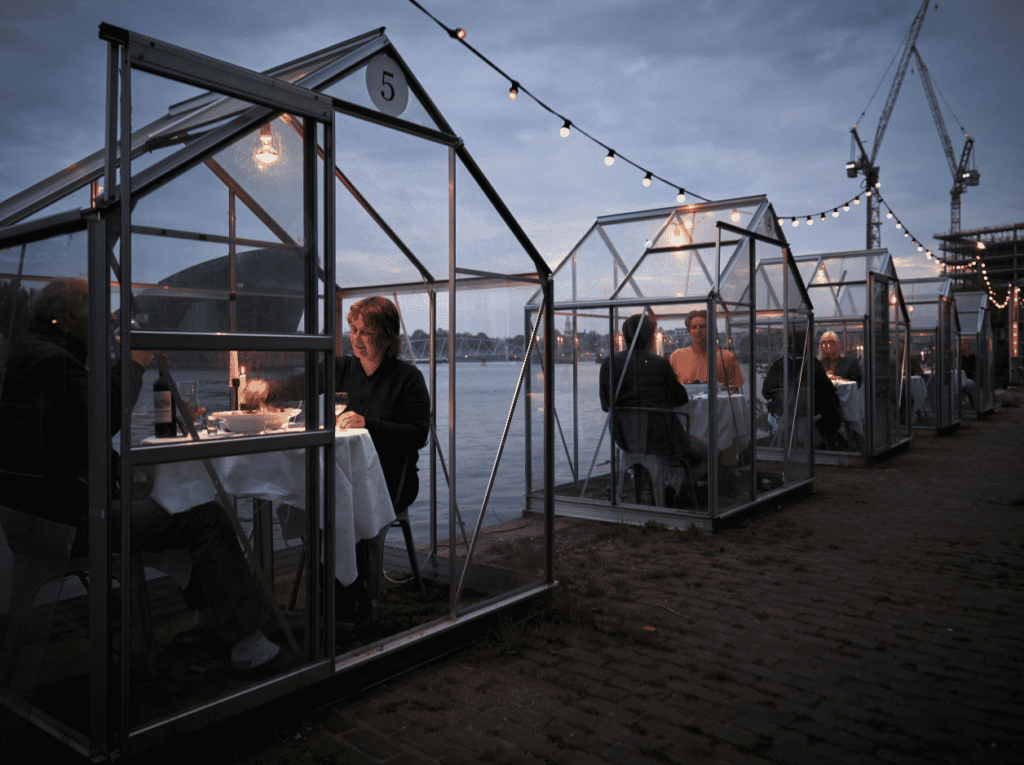
Restaurants in Asia have been experimenting with plexiglass and booths. This Italian table set-up however, looks like something out of a horror movie rather than a pleasant dining experience. The plexiglass example is being put forward by a group in Italy for use across the nation.

Will The Consumer Enjoy The Experience?
If restaurants do find a way to get over all the hurdles, there’s an even bigger question to ponder. Will consumers return? Eating out is all about the experience and is so much more than just the food on the plate. If it’s not enjoyable, many might stick to dinner parties at home instead of dining out in an uncomfortable set-up.
Another huge factor to consider is that customers are going to have less money in their pockets. With 30 million newly unemployed people in the USA, there’s a lot people who are not going to have disposable income. The same numbers can be seen in most countries globally. Even those lucky enough to still be employed will be tightening their belts.
Restaurants can expect a surge of customers emerging from lockdown looking to support their local establishments. But that initial spike of business could fade as financial reality sets in.
As an added pain point many restaurants (especially in cities) rely on tourists. All indications are that tourists won’t be returning this summer. Local restaurants may fare better, but for how long?
Will people want to sit in a quiet dining room, possibly wearing masks and being served at a distance by waiting staff wearing rubber gloves? There is nothing like the buzz of a busy dining room, but social distancing in restaurants will change that.
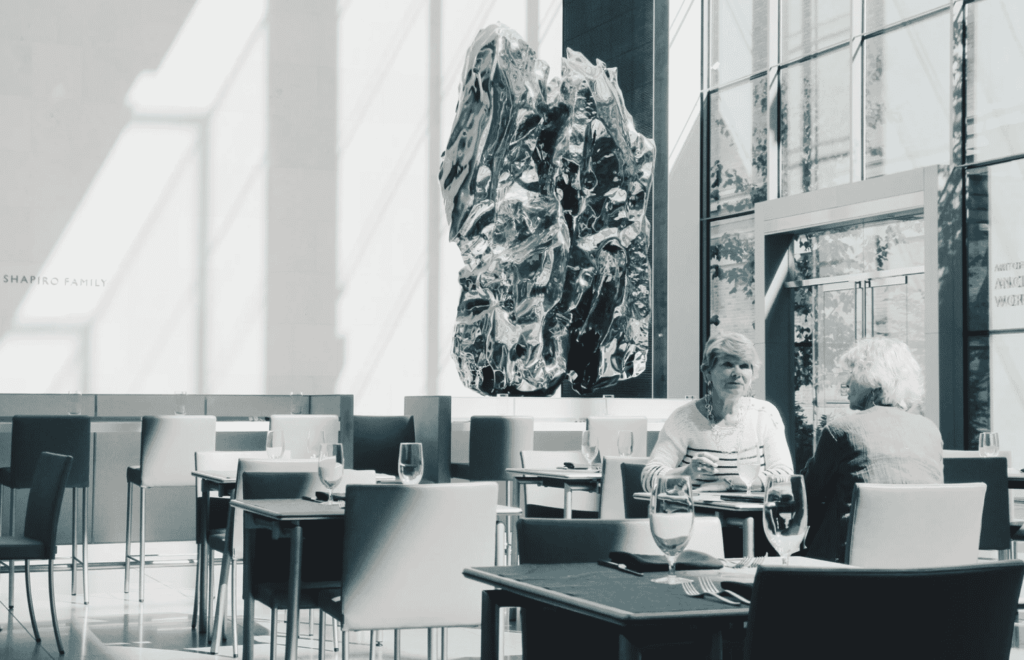
The Cost Of Reopening
It’s very easy to close a restaurant. Opening up is a whole different matter and it is a costly process. You don’t just come back in and flick the lights back on and start serving customers. Restaurateurs who have had little or no revenue for months will have to contend with reopening costs such as:
- Restocking all fresh produce: This is not cheap. It will also be difficult to estimate demand at first.
- Reprinting menus: Many of the dishes will have changed and plastic covers are not touted as a safe solution. Printing new paper menus is a possibility.
- Introducing safety measures: Buying thermometers, screening staff/guests and generally complying with new laws will cost money.
- Insurance and legal costs: Even if the virus is spreading at lower levels, what happens if a staff member gets sick? Will all staff have to self-isolate? A serious outbreak can be traced back to a particular venue. This is a risk for many in the hospitality industry.
- Salaries: Many (but not all) staff are on government relief schemes around the world. These schemes won’t last forever and staff will have to be paid by employers again.
- Marketing: Restaurants will still have to get the word out there, especially after months of being closed. Whether restaurateurs decide to DIY it or invest in marketing is unclear.
Many owners might look at the list of costs and decide it just isn’t worth it to reopen while social distancing in restaurants is in place.
Will Restaurants Get A “Bailout”?
Some countries are offering tax breaks, rate cuts and other small incentives to keep the hospitality industry on life support. That is welcome, but the reality is that restaurants will be a long way down the line compared to big businesses like airlines, banks, and other usual recipients of cash bailouts.
Governments can’t save every business. But they should be providing soft loans and access to capital to business that were perfectly successful up until two months ago. Although, deciding which businesses get cash is a daunting job. For every brilliant restaurant, there are as many who were struggling before any of this started. It is a notoriously hard industry.
Social Distancing In Restaurants: Why It Just Won’t Work
The health reasons for these decisions are obvious and we should continue to be guided by medical experts. That doesn’t help restaurants. The simple fact is that a restaurant running at 50% capacity is just not going to work. The only solution might be owners with very deep pockets.
There will be a few innovative solutions and pivots to different types of offerings that will succeed, but they will be outliers. Takeaway, delivery, meal kits, and fast-casual offerings will help fill some holes, but it won’t make up for the missing 50% of customers in the long-run.
The big fear is that some of the best restauranteurs in the world might just decide it isn’t worth opening. That would be a brutally harsh reality. Making money will quite simply be impossible under such stringent regulations. The future of restaurants and bars in these current times is uncertain. What is certain is that the hospitality community will continue to pull together and support wherever it can. But, is that enough?
dir=”ltr”>Can restaurants and bars survive social distancing?
Many face closures with mass unemployment without Government help.@RagsMartel spoke to @BarrafinaDNst, @DowneyJD, @AngelaHartnett and others about the need to extend furlough and a "time-out" on rents. pic.twitter.com/QaCS4Jjo0T— ITV London (@itvlondon) May 1, 2020
-
NEWSLETTER
Subscribe for our daily news





